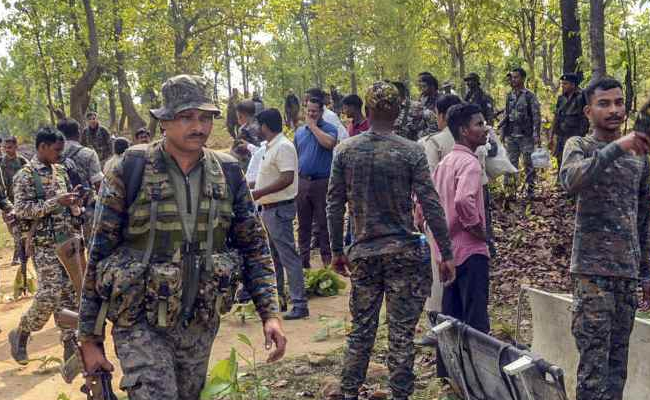
India News

Yesterday, the media was dominated from morning till night by news related to Operation Sindoor—detailed reports of the Indian Army’s strike that destroyed nine terrorist camps and eliminated over 80 terrorists.
However, lost in the storm of Operation Sindoor’s coverage was another major incident: the Karregutta encounter, in which 26 Maoists were killed.
Had the strikes against Pakistan not occurred, the Karregutta encounter would have made headline news. Just as the strike on terrorist camps was called Operation Sindoor, the anti-Maoist offensive was named Operation Kagar. While terrorists are considered external threats, often linked to Pakistan, Maoists are homegrown extremists threatening internal security.
As the Prime Minister and the Defence Minister vowed to completely eliminate terrorism, Home Minister Amit Shah set a deadline: by March next year, the Maoist menace would be wiped out. During the intense clash in Karregutta, located along the Chhattisgarh–Telangana border, police officials from Bastar Range confirmed the death of 26 Maoists.
Among the dead is believed to be a senior Maoist leader. However, the exact number of casualties remains unclear—some reports mention 26, others 22, and a few claim 28. In this operation too, drones, air force helicopters, and other advanced technologies were used to locate and neutralize the Maoists.
The summer had turned Karregutta into a parched, oven-like terrain. But recent unseasonal rains transformed it into a lush, dense forest. Streams and waterfalls began to overflow, and slippery muddy paths between hills made movement difficult. Even by 2 PM, darkness began to descend, making operations challenging for the forces.
Additionally, poisonous insects lurking in the wet terrain posed further dangers. Thus, ‘Operation Karregutta’ became even more difficult for the security forces. As the search for Maoists became increasingly complicated, central forces suspected that some of them had moved towards Pusuguppa in Telangana and began cordoning off the region.
Before retreating, Maoists planted landmines and pressure bombs in various spots. Even though drones tracked their movements, reaching those locations became a razor’s edge mission for the forces. Just a day before the big encounter, security personnel detected and defused 250 explosives. They also destroyed hundreds of Maoist bunkers and hideouts.
Ultimately, a large number of Maoists were killed in the operation.
Advertisment